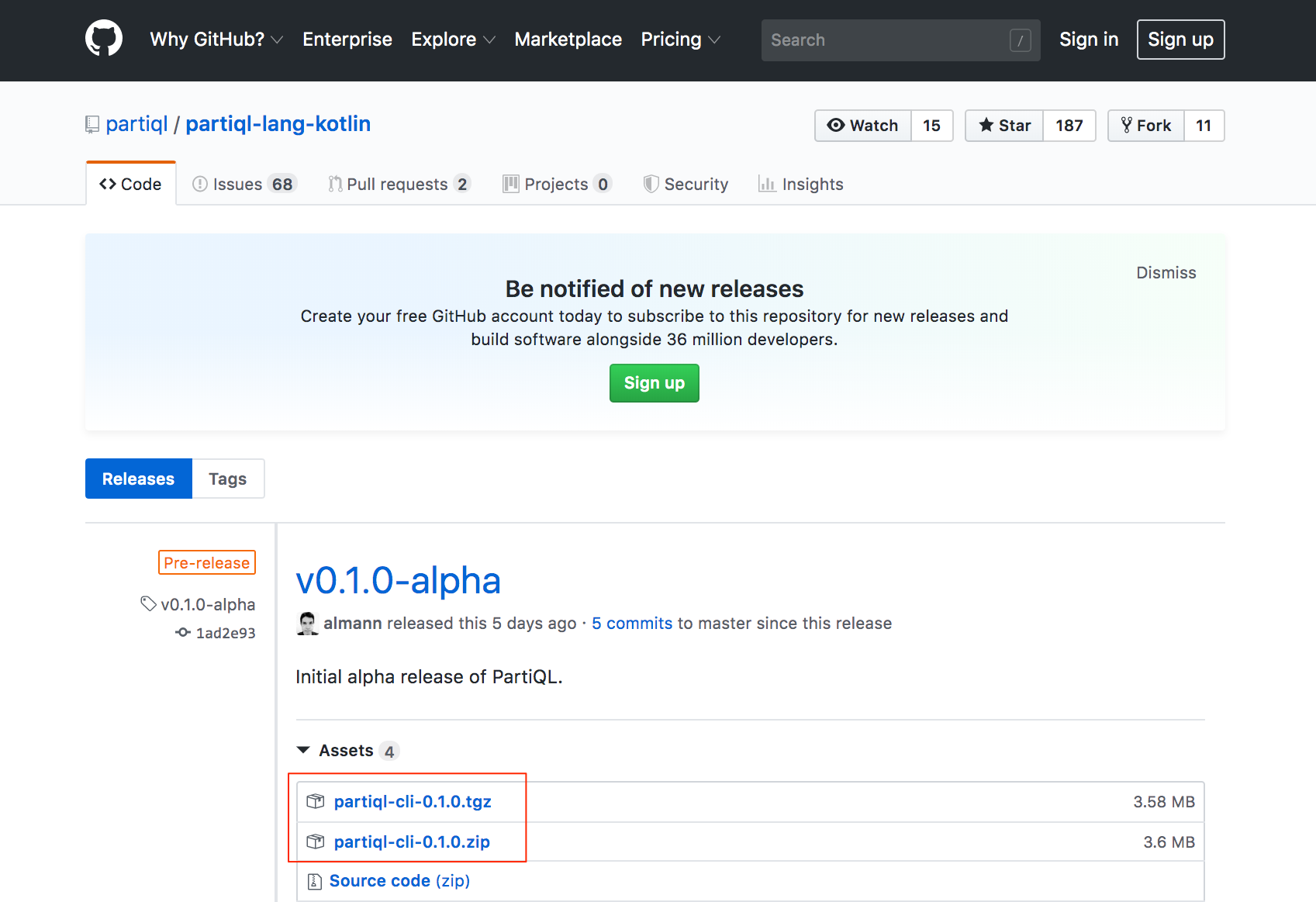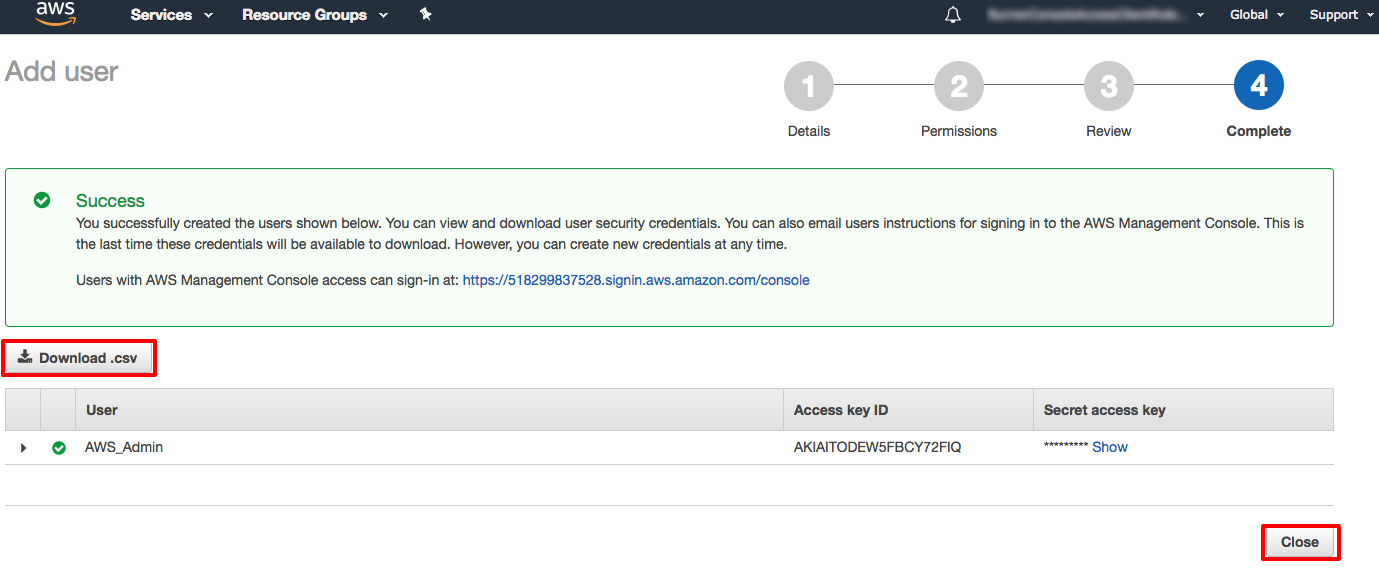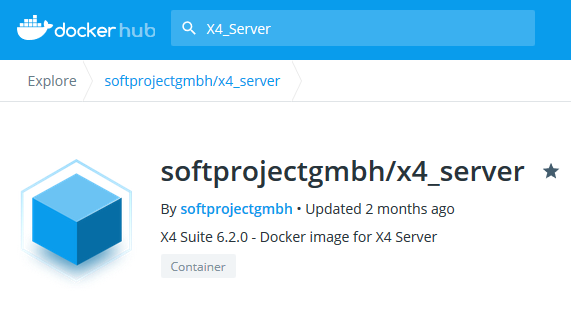For the macOS platform, you can install the Azure CLI with homebrew package manager. Homebrew makes it easy to keep your installation of the CLI update to date. The CLI package has been tested on macOS versions 10.9 and later. The current version of the Azure CLI is 2.14.0. For Mac OS X The CLI for Mac OS X is provided as a tar.gz archive; you can download it from the Red Hat Customer Portal. After logging in with your Red Hat account, you must have an active OpenShift Enterprise subscription to access the downloads page: Download the CLI from the Red Hat Customer Portal.
The AWS CLI is a command line utility that lets you deploy and configure services on Amazon Web Services without needing to use the web user interface. This tutorial, will show you how to install it on a Mac and how to configure a user.
Introduction
The AWS CLI can be installed on macOS using the command line or by using the installer wizard. This tutorial will show you how to install it using the installer wizard.
Step 1: Install AWS CLI
Download the latest Amazon CLI installer package from the Amazon Website.
Double click on the downloaded AWSCLIV2.pkg package to start the installer.
Click Continue.
Click Continue.
Click Continue.
Agree to the license terms then click Continue.

Choose whether to install for the current user or all users then click Continue.
Click Continue.
Click Install.
Click Close.
Test the installation
Test the installation was successful by opening a terminal and running the following command:
The output should show the version number of the AWS CLI:
We are now ready to create a user account and configure the AWS CLI to use this account to manage services.
Step 2: Create IAM user with programmatic access
Login to the AWS management console then search for IAM in the Find services text field.
Click Users.
Click Add user.
Enter the name of the user, tick the Programmatic access check box, then click the Next: Permissions button.
Click Attach existing policies directly, tick the policies you want the user to have access to, then click the Next: Tags button. In the following example, I have given the user full administrator access, however it’s recommended that you give the user the least amount of privileges possible.
Enter any tags you would like to help you keep users organized then click Next: Review.
Click the Download .csv button to save the access key and secret to your local machine. Make sure it is saved before clicking Close.
The user is now created and we are ready to configure the AWS CLI with the credentials we downloaded above.
Step 3: Configure Credentials
Open the macOS terminal and run the following command:
Enter the AWS Access Key ID and the AWS Secret Access Key when prompted. Choose the default region and output format of json and then the details will be saved to ~/.aws/credentials.
Now we can test to see if the credentials work by running a command, for example list the S3 buckets with:
Conclusion
That’s it. We are now ready to deploy and manage services using the AWS CLI.

Written by: Tony Mackay
AWSDevOpsIf you ever want to download an entire S3 folder you can do it with CLI.You can download the AWS CLI from this page. AWS CLI Download
Download Aws Cli Macos
Download the AWS CLI as per your system Window, Linux or Mac.
In our case we use Windows 64 bit. Once you donwload the .exe simply double click on it to install the AWS CLI.
Once the AWS CLI is installed go to windows command prompt(CMD) and enter command
It will ask for the AWS user details with which you want to login and region name. Check this post to know How to create an IAM user.
You can get the AWS IAM user access details from IAM console .

Get Region name here .
Fill in the user details as below:
Once you have downloaded and configured AWS CLI on your machine you have to exceute “sync” command as shown below.
Download Aws Cli For Mac
You can also do the same with “cp” command. It will need –recursive option to recursively copy the contents of subdirectories also.
Refer to this S3 cheat sheet to learn more tricks.
